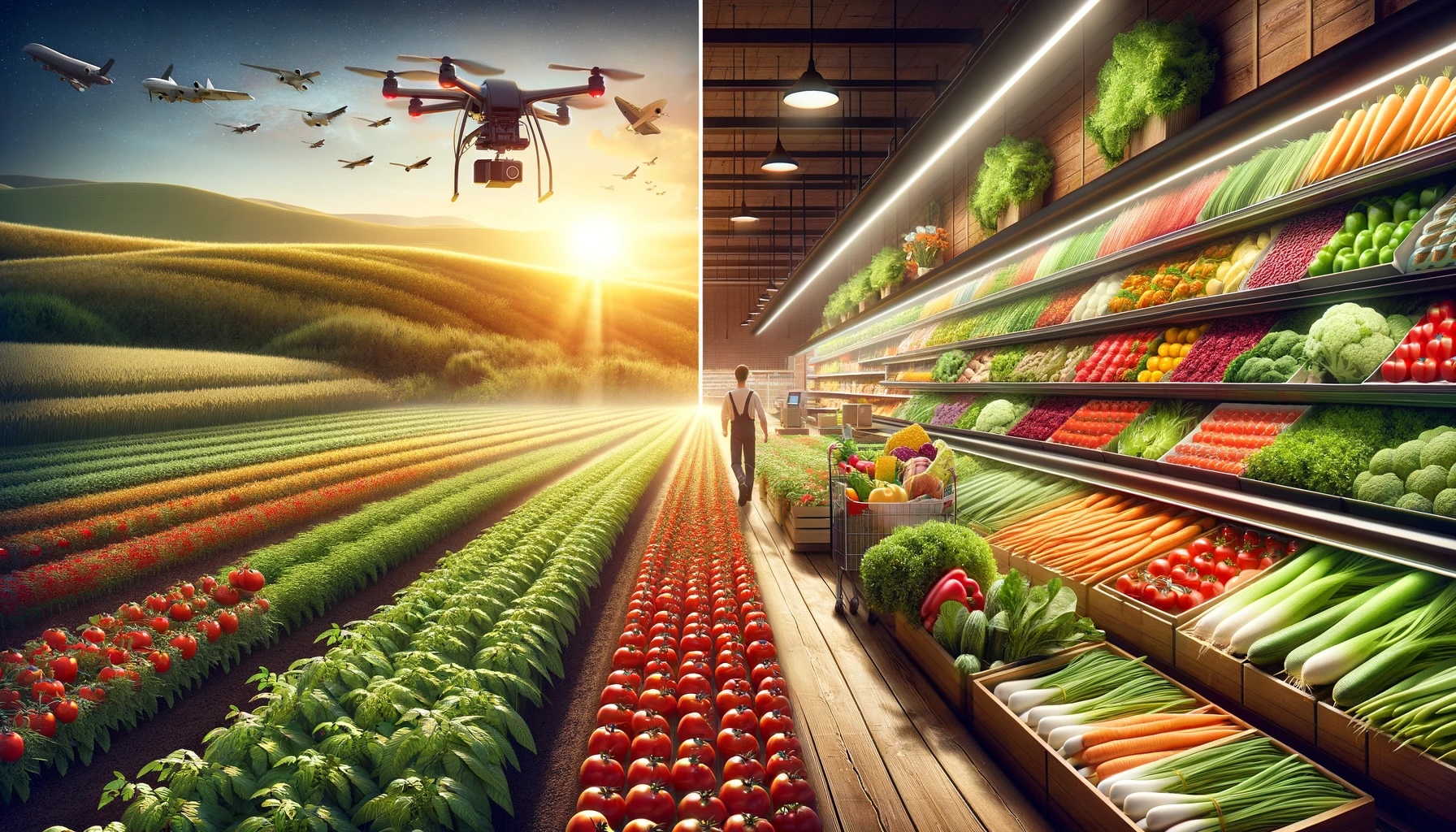Your basket is currently empty!

As an advocate of emerging technologies, I’m often at the forefront of witnessing the transformative power of innovations like Artificial Intelligence (AI). Today, I want to talk about how AI and particularly Generative AI systems, such as OpenAI’s ChatGPT, Google’s Bard, and the increasing number of open source Generative AI systems that are emerging, can play a pivotal role in our fight against climate change, the defining crisis of our time.
But, as always, we will also discuss the potential risks and downsides. So let’s start this balanced exploration of the intersection of AI and climate science.
Opportunities in the Climate Crisis
- Climate Education and Awareness: Generative AI systems have a powerful ability to disseminate information and educate the public about climate change, its causes, effects, and the urgency of the situation. They can personalise advice on how individuals can reduce their carbon footprints and adopt sustainable living practices.
- Climate Modeling and Predictions: AI’s strength lies in its ability to analyze vast amounts of data, identifying patterns, and making predictions about future climate conditions. This could help us develop effective climate policies and disaster management strategies.
- Research and Policy Assistance: Generative AI systems can assist researchers by summarising relevant studies, finding correlations between disparate research fields, and even generating hypotheses. They can also analyse the effectiveness of different climate policies, propose improvements, and predict potential outcomes.
- Energy Consumption and Carbon Capture: AI algorithms can optimise energy use across sectors, reducing greenhouse gas emissions. They can also optimise and innovate in the field of carbon capture and storage technologies, potentially designing new methods for capturing carbon more efficiently.
- Agriculture, Land Use, and Public Health: AI can help optimise agricultural practices, improve land use planning for maximum carbon sequestration, and predict potential impacts of climate change on public health.
Challenges and Downsides
However, as with any technology, there are potential risks and downsides associated with AI and Generative AI systems.
- Hallucination: AI and Generative AI systems can sometimes “hallucinate” or generate information that isn’t based on their training data. This could lead to the propagation of false or misleading information about climate change, which could be harmful.
- Energy Consumption: Training AI models can consume a significant amount of energy, contributing to the very problem we’re trying to solve. It’s crucial to strive for more energy-efficient AI models and use renewable energy sources for training and deployment.
- Data Quality and Bias: AI and Generative AI systems are only as good as the data they’re trained on. If the underlying data is flawed or biased, the results can be misleading or even harmful. It’s vital to ensure high-quality, diverse, and representative data for training these models.
- Over-reliance on AI: While AI is a powerful tool, it’s not a panacea. There’s a risk that over-reliance on AI could sideline human expertise and decision-making, which are essential in addressing complex issues like climate change.
Conclusion
The intersection of AI and climate change presents an exciting frontier with massive potential. AI’s ability to process vast amounts of data and generate meaningful insights can significantly contribute to our understanding of climate change and our ability to combat it.
However, as we charge forward with these technological advancements, we must do so with a keen eye on the potential pitfalls. It’s our responsibility as tech evangelists to balance our enthusiasm with caution, ensuring that we leverage AI ethically, responsibly, and sustainably.
Remember, AI is a tool, not a solution in itself. It’s our collective human decision-making, guided by ethics and values, that will ultimately determine our success in combating climate change. The future of our planet depends on us using all the tools at our disposal – AI included – wisely and effectively.
AI and Generative AI systems are revolutionising how we approach complex global problems. But they are not silver bullets. They should be used to augment human capabilities, not replace them. We must continue to rely on the expertise and insights of climate scientists, policymakers, and communities affected by climate change.
As technology continues to evolve, so too must our approach to using it. We need to continually evaluate the impact of AI on our environment and society, refining our strategies to ensure that we’re achieving positive outcomes without exacerbating the problems we’re trying to solve.
Embracing the opportunities that AI offers doesn’t mean ignoring its challenges. By recognizing and mitigating potential downsides, such as hallucination, high energy consumption, and data bias, we can ensure that the benefits of AI are maximised while the risks are minimised.
So let’s continue to push the boundaries of what AI can do, while also keeping our feet firmly grounded in the realities of its limitations. Together, we can harness the power of AI to create a more sustainable, resilient, and equitable world.
The path to a greener future is a shared journey, one that requires the collective effort of technologists, scientists, policymakers, and every individual. With a balanced, thoughtful approach to AI, we can all play a part in shaping a better future for our planet.
Hello,
I’m Tom

Welcome to my website where you’ll find my latest musings on all things related to sustainability, technology, and supply chain.





